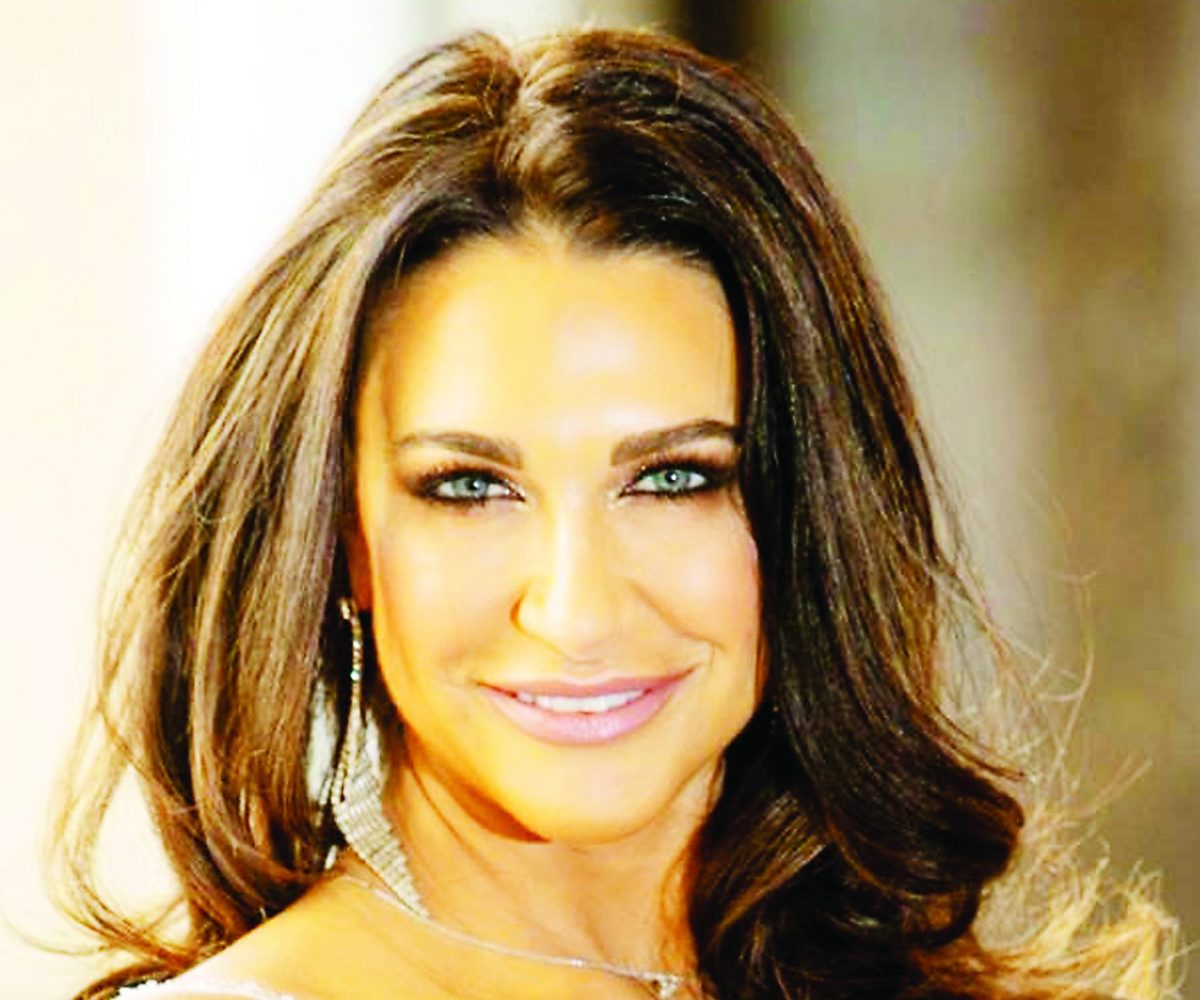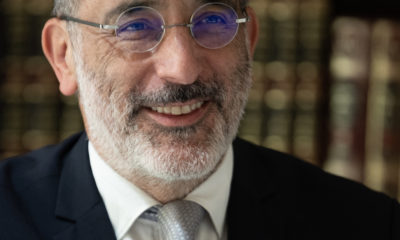
Parshot/Festivals

Dressing to impress all part of the majesty
Growing up, Oxford Shul, located in Riviera, Johannesburg, was the place to see and be seen, especially around Rosh Hashanah and the high holy days. Oxford Shul was the largest synagogue in Africa, able to accommodate 1 600 congregants and an additional 1 000 with the overflow in the Simon Kuper Hall. The demand to be a member was so great, a member literally had to die in order for a seat to free up.
The shul itself was majestic, with rich deep-red carpets, gold tiles adorning the outside of the ahron kodesh (ark) with the pristine white parochet (curtain) covering it, and rows of gleaming wooden seats.
The men’s section was on the bottom level, with the women’s section above in a u-shape, allowing for perfect view of the men and activities below.
The congregants themselves dressed to impress, aligned to their royal surroundings. The men wore their finest suits, some of them three-piece, with tasteful ties and perfectly polished shoes. This could only be outdone by the women, who all donned finely crafted hats, matching each perfectly tailored outfit, some with gloves, coupled with elegant high heels.
The bimah was located opposite the ahron kodesh, from which the chazzan, full choir, and choir master would hold the congregation spellbound with their favourite familiar and perfectly timed tunes for the prayer services.
At the front of the bimah were the seats in which the three appointed leaders of the congregation would sit with their Homburg hats and pinstriped suits with tails.
Our family seats were in the front row overlooking the bimah, enabling an ideal view of my grandfather, father, and uncles sitting diagonally opposite us in the front row of their section below. They were perfectly placed right next to the rabbi, Rabbi Nachman Bernard, who had a special seat up the red-carpeted staircase in front of the ahron kodesh. They also had easy access to that area from which they were required to do birchat kohanim (say the priestly blessing). I can still hear the loud voices of my father, grandfather, and uncles, which were always clearly distinguishable from the other kohanim (priests).
The shul was also a kid’s paradise, teaming with children of all ages, all excited to be wearing their new fancy outfits and to play with their friends. Adjacent to the shul was a nursery school run by the shul so when it came to Rosh Hashanah, kids had free rein over all the colourful jungle gyms, sand pits, and toys.
There were children’s services on offer for every age group, which were always full owing to the exciting games that were played and delicious treats on offer, including cut-up apples dripping in honey served on massive metal trays.
The kids were encouraged to go into the main shul only for the mandatory shofar blasts for which the atmosphere was electric. Absolute silence prevailed over the entire congregation in anticipation of the haunting shofar blasts that seemed to fill the whole shul.
After the lengthy shul service was over, the entire congregation would flow out excitedly into the massive foyer in order to be able to socialise and catch up with friends, family, and anyone who may have some interesting news to share. The excitement and energy was palpable. This was a golden age when the community was flourishing, and life seemed simpler.
This year, there will be no mass shul gatherings, no children’s services, no social gatherings, huge dinners, or opportunities to entertain. There will be no choir, no shofar blasts for the entire community, and no ability to show off any new clothes.
There will, however, be time to reflect and be grateful for what we do have in our lives, to appreciate the seemingly mundane activities that we often take for granted, and perhaps to heed the call of the shofar truly for the first time and consider what we really want for the year ahead.
- Dina Diamond is a mom, marketer, radio contributor, community activist, and banker who can’t wait for the skies to open again so she can travel.










